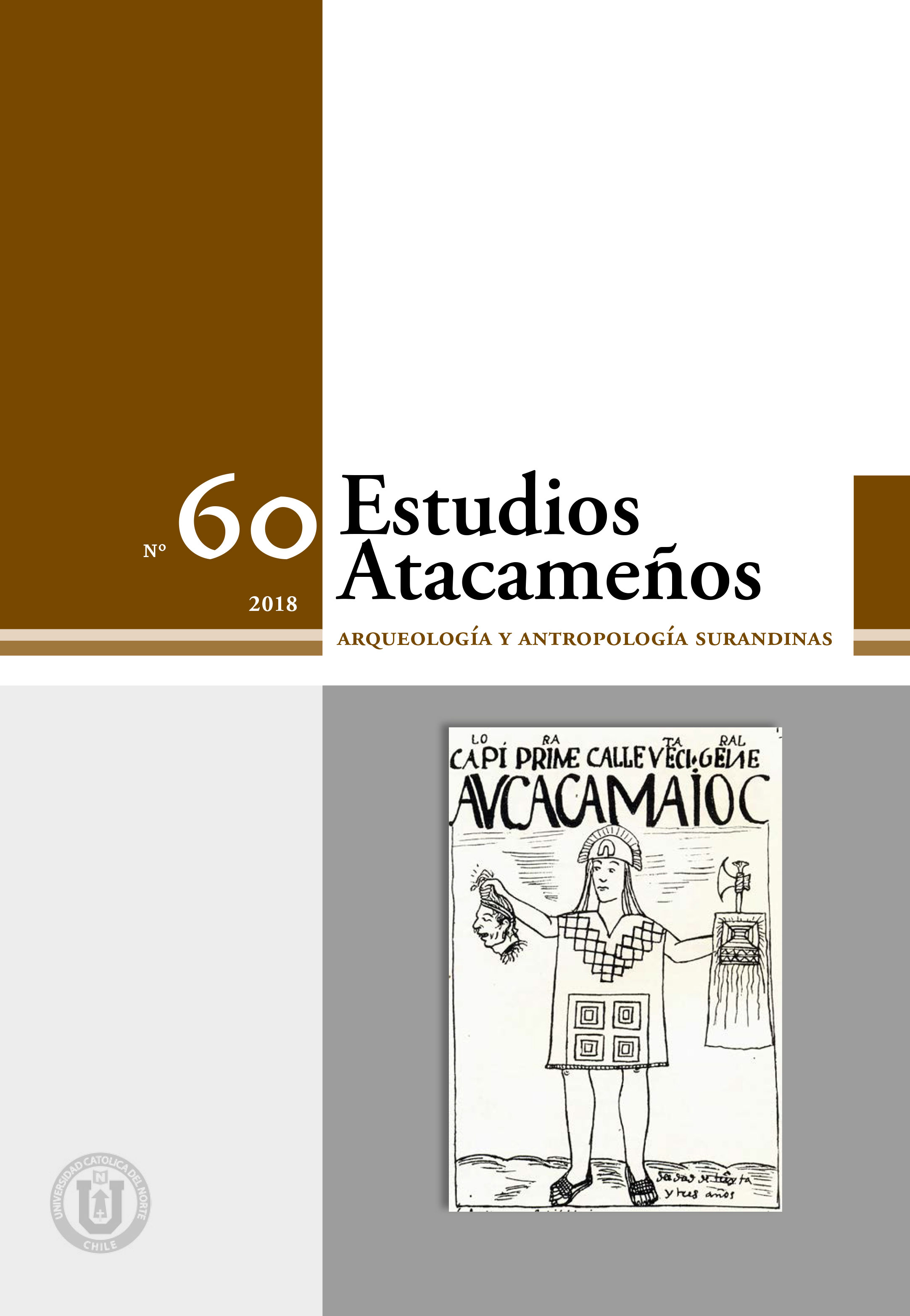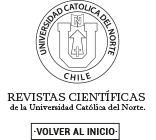Spatial patterning and occupation dynamics during the Early Holocene in an archaeological site from the south coast of Tierra del Fuego: Binushmuka I
Keywords:
Coastal site, Early Holocene, Early coastal foragers, Lithic technology, Spatial analysis, análisis espacialAbstract
We explore the implications of the spatial structure of the artifact assemblages at the Binushmuka I site, located in the north coast of the Beagle Channel (Tierra del Fuego). Considering the expectations derived from ethno-archaeological models concerning settlement patterns, we assume here that the spatial distribution of artifacts, which mainly depend on the number and duration of the occupations and the size of the group, can be used to evaluate the temporal characteristics of the assemblages. For evaluating pattern mobility, we also consider the spatial consistency of the location of the site in relation to features of the paleogeography and the archaeological landscape. The information corresponding to the stratigraphy, chronology and composition of the archaeological sites of this site is described.
The confined size of the assemblages (~7m2) and the low degree of size sorting observed in the earlier record of Binushmuka are likely to represent short-term occupations by small sized groups. The spatial consistency between early Holocene occupations and marine hunter-gatherer assemblages observed at a regional level can suggest hypothetically that groups with similar mobility strategies could have occupied the site.
Downloads
Downloads
Published
Issue
Section
License

All works published in Revista Estudios Atacameños (ISSN on line:0718-1043) Revista Estudios Atacameños Creative Commons International 4.0 attribution (CC BY 4.0) licence.
Authors remain the owners of their work and may republish their articles elsewhere without having to request permission, as long as they indicate that the work was originally published in Revista Estudios Atacameños (ISSN on liine:0718-1043).












